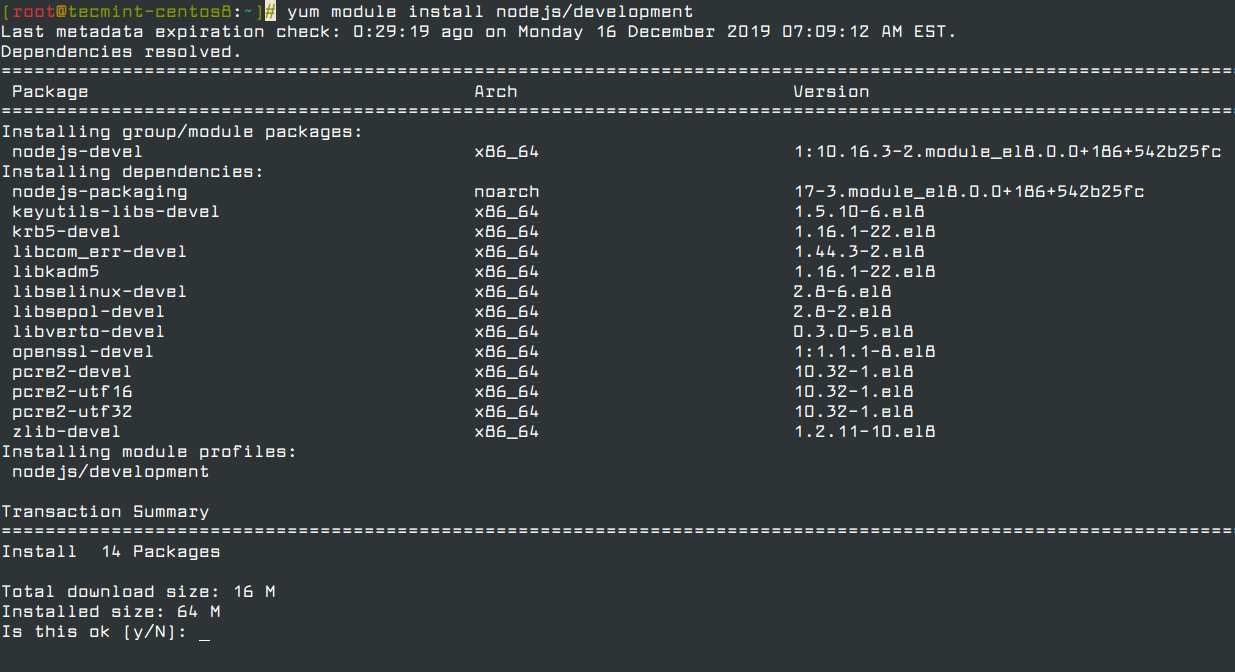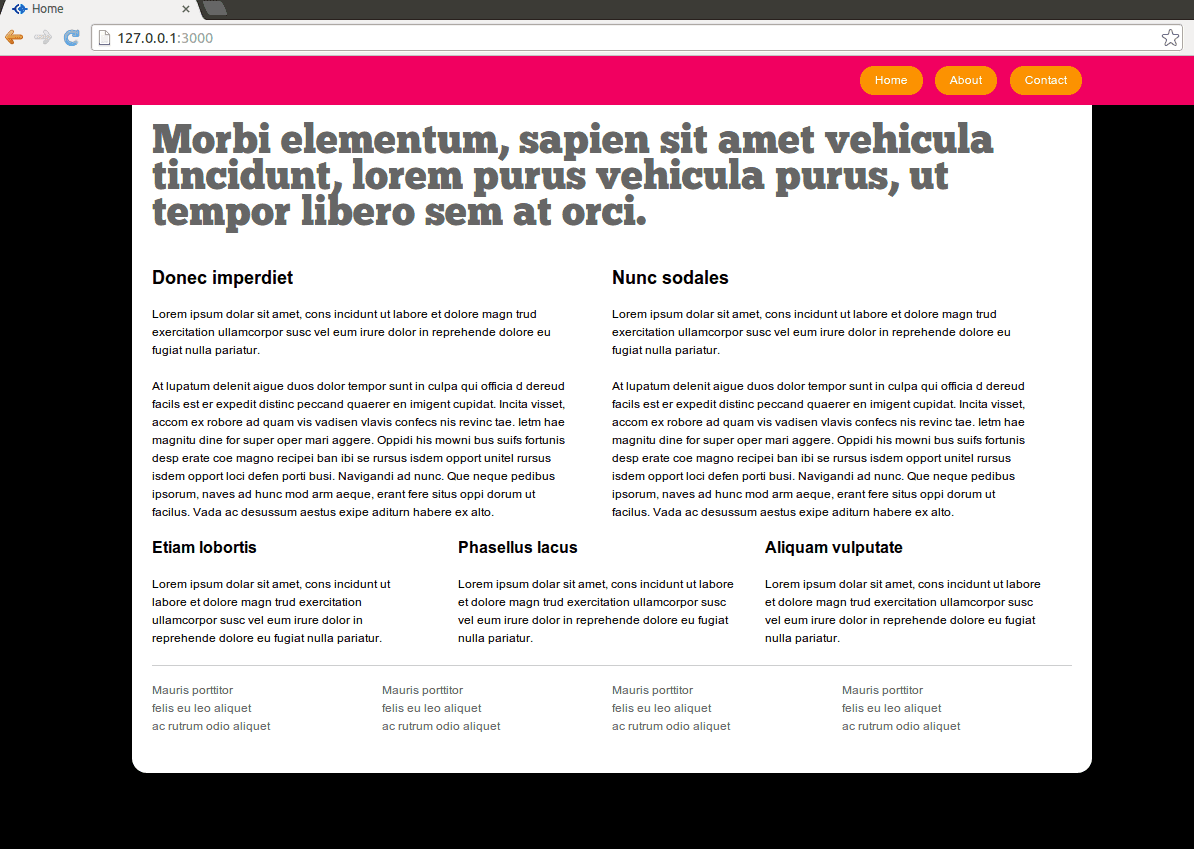

Now that you are done with transferring your app's code to the server and setting up an environment for your app, it is time to configure Nginx so that Passenger knows how to serve your app. Installing services that your app depends on is outside of this tutorial's scope. Your app may also depend on services, such as PostgreSQL, Redis, etc. You can install them by running npm install in your app's directory: $ cd /var/www/ myapp/code Most of these dependencies are Javascript libraries, managed by npm. Your application has various dependencies. While logged into your server, login under the application's user account as follows: $ sudo -u myappuser -H bash -l 2.2 Install app dependencies Your app's code now lives on the server at /var/Login as the app's userĪll subsequent instructions must be run under the application's user account. If you are using our sample app, use this Git clone command instead: $ cd /var/www/ myapp $ sudo -u myappuser -H git clone -branch=master code $ sudo sh -c "chmod 600 ~ myappuser/.ssh/*" 1.3 Install Git on the server

$ sudo sh -c "cat $HOME/.ssh/authorized_keys > ~ myappuser/.ssh/authorized_keys" $ sudo chown -R myappuser: ~ myappuser/.ssh We also ensure that that user has your SSH key installed: $ sudo mkdir -p ~ myappuser/.ssh But for demonstration purposes, this tutorial names the user account myappuser.

You should give the user account the same name as your app. Passenger will automatically run your app under this user account as part of its user account sandboxing feature. For security reasons, it is a good idea to run each app under its own user account, in order to limit the damage that security vulnerabilities in the app can do. Now that you have logged in, you should create an operating system user account for your app. Starting from this point, unless stated otherwise, all commands that we instruct you to run should be run on the server, not on your local computer!


 0 kommentar(er)
0 kommentar(er)
